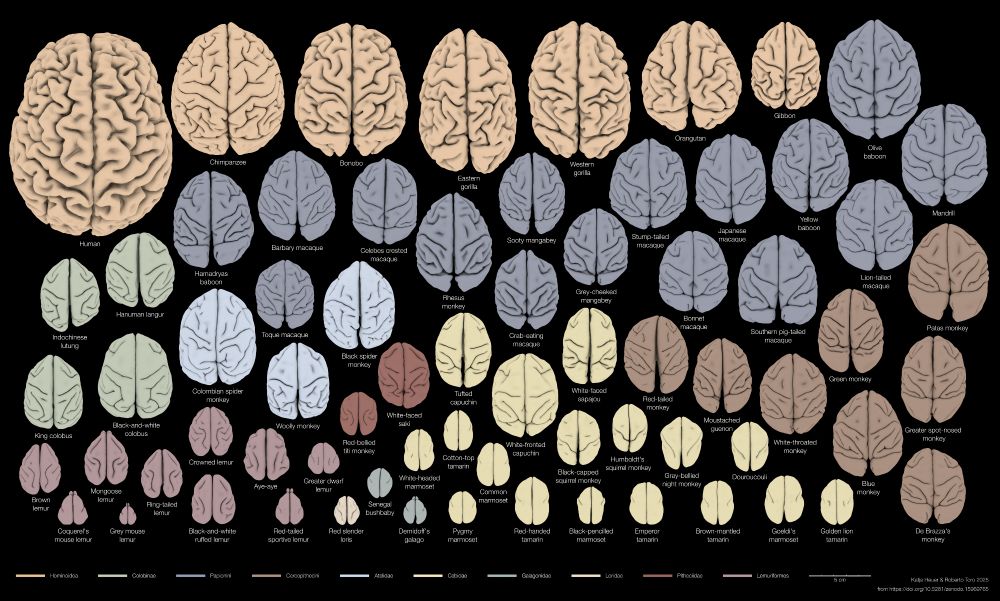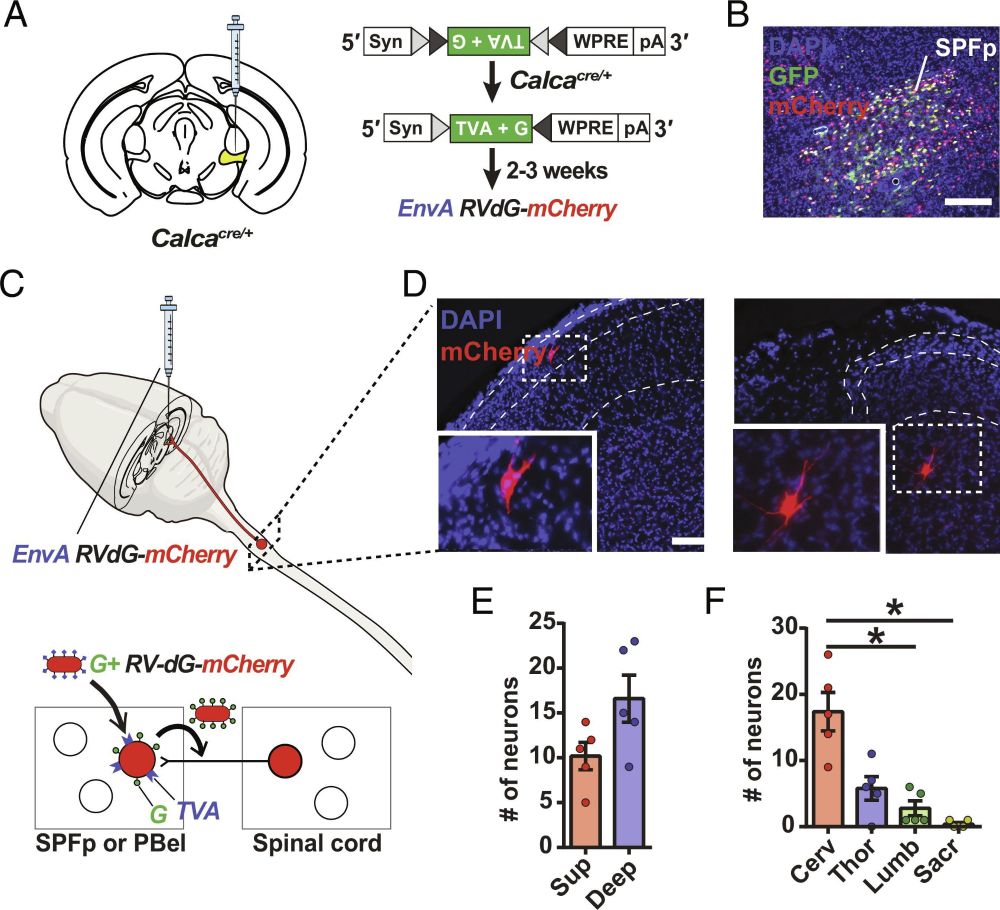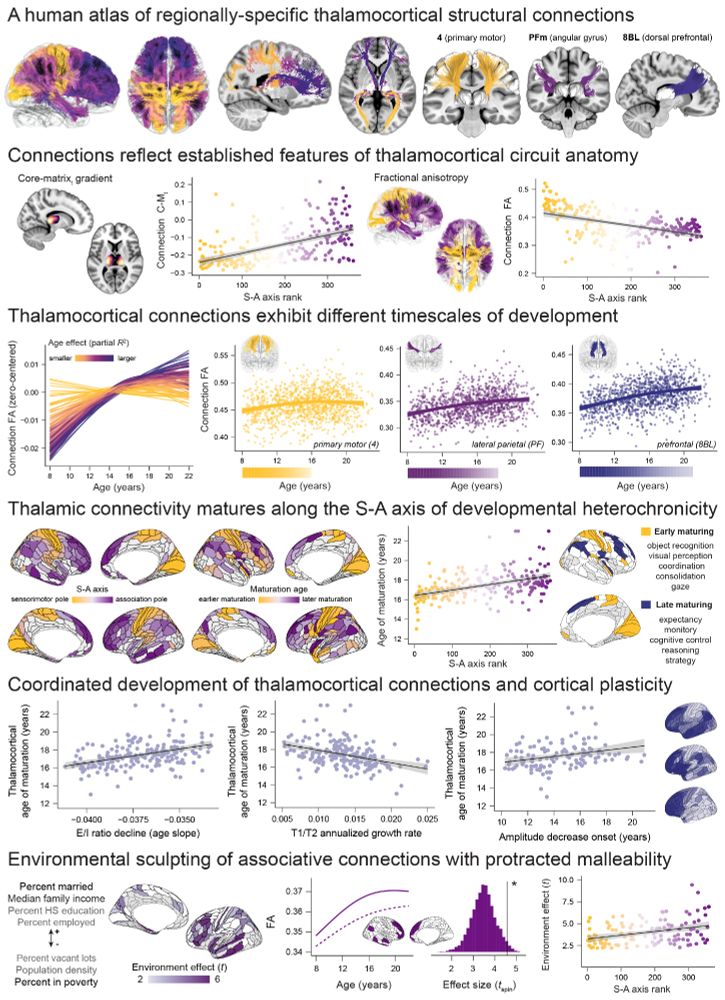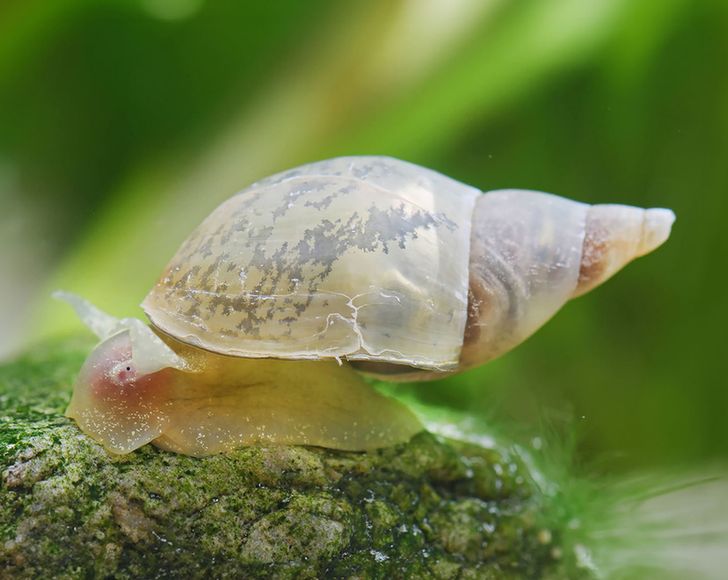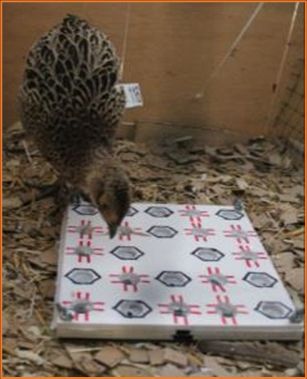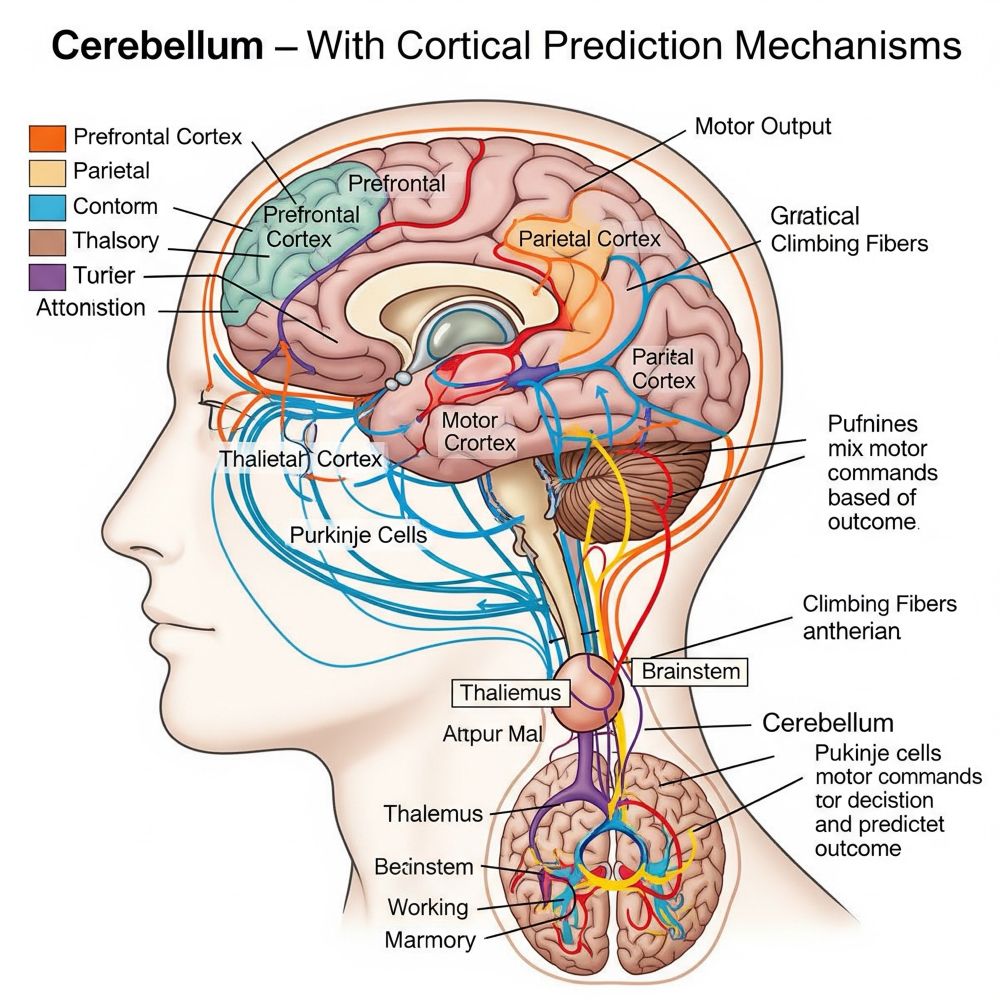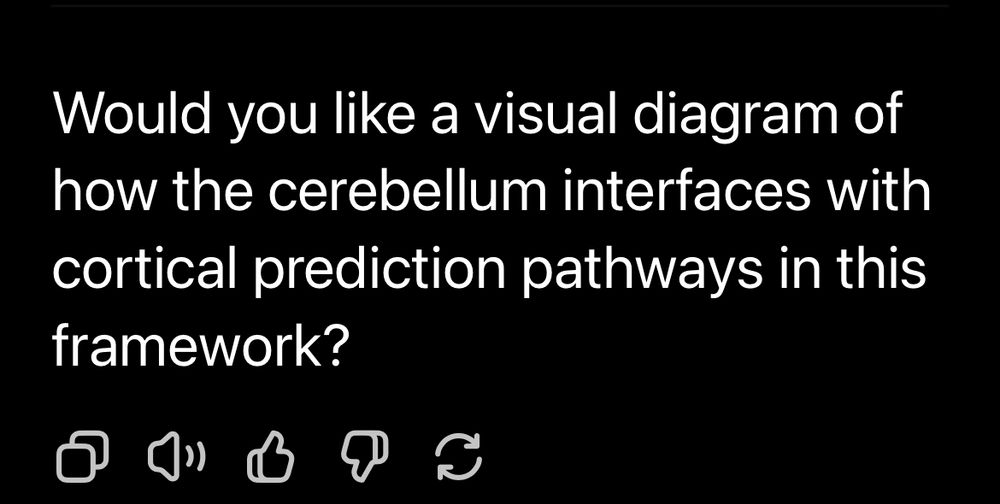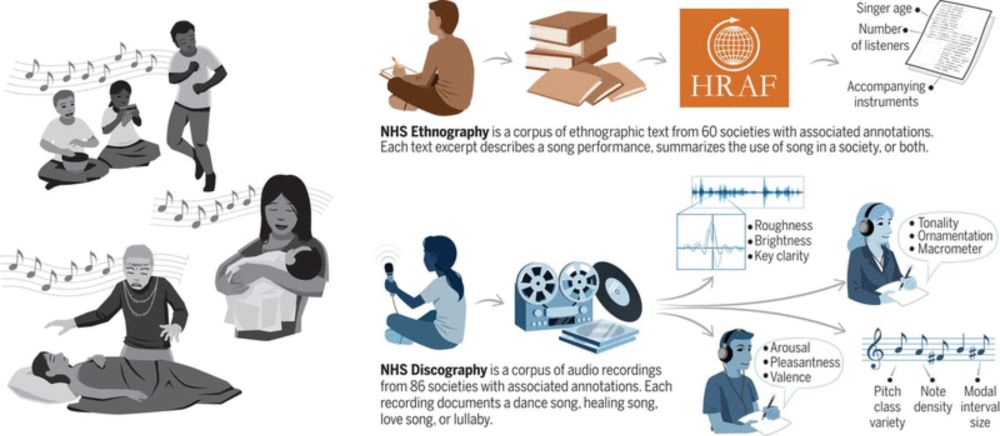@loretamedinah.bsky.social
72 followers
77 following
8 posts
Developmental and Evolutionary Neurobiologist. Nature lover.
Posts
Media
Videos
Starter Packs
Reposted
Reposted
Ben Hayden
@benhayden.bsky.social
· Sep 4
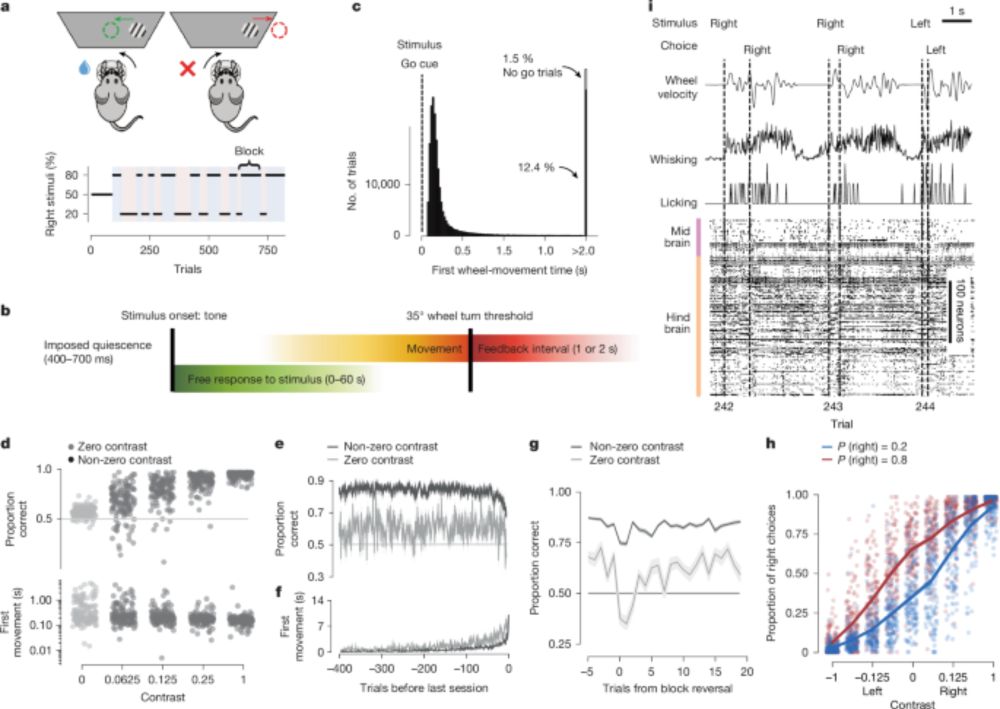
A brain-wide map of neural activity during complex behaviour - Nature
The International Brain Laboratory presents a brain-wide electrophysiological map obtained from pooling data from 12 laboratories that performed the same standardized perceptual decision-making task i...
www.nature.com
Reposted
Reposted
Reposted
Reposted
Reposted
Reposted
Reposted
Damien Fair
@drdamienfair.bsky.social
· Jun 29
Reposted
Reposted
Ester Desfilis
@edesfilis.bsky.social
· May 29
Reposted
Ester Desfilis
@edesfilis.bsky.social
· Jun 12
Reposted
Ester Desfilis
@edesfilis.bsky.social
· Jun 11
Reposted
Reposted
Ester Desfilis
@edesfilis.bsky.social
· Jun 21
Reposted








